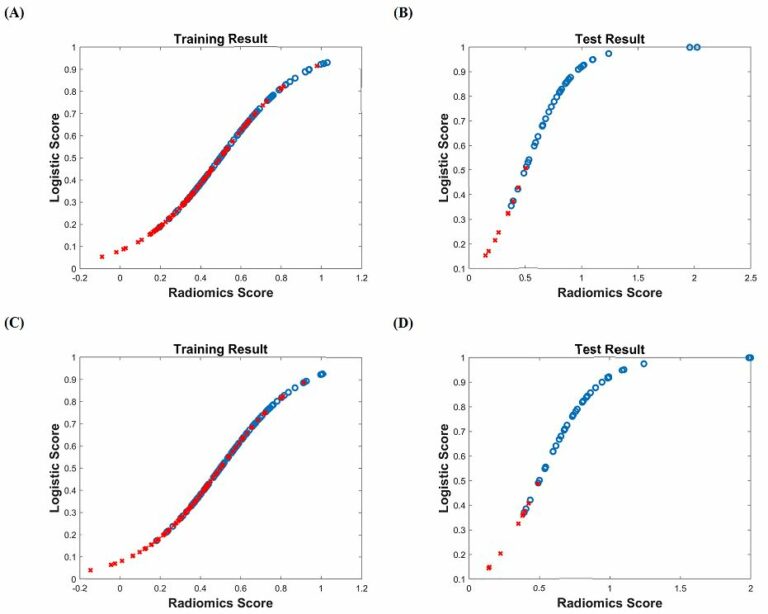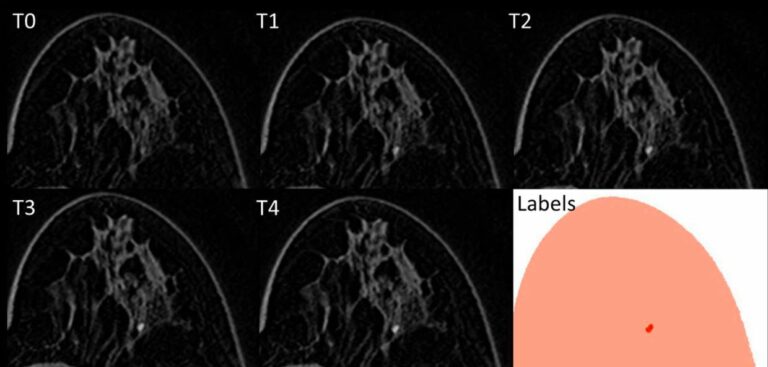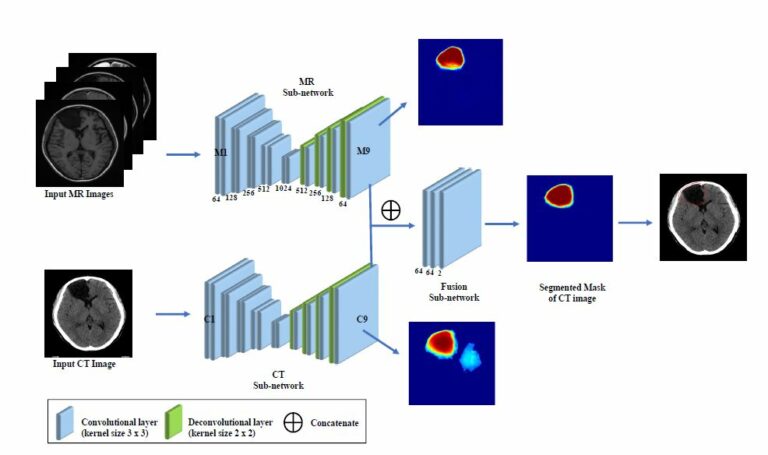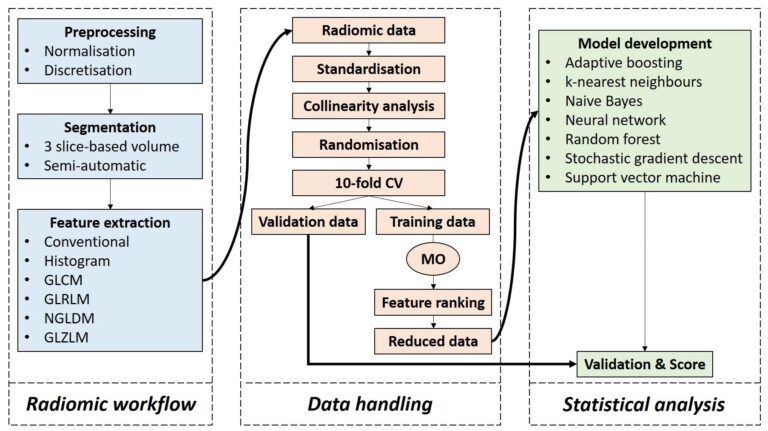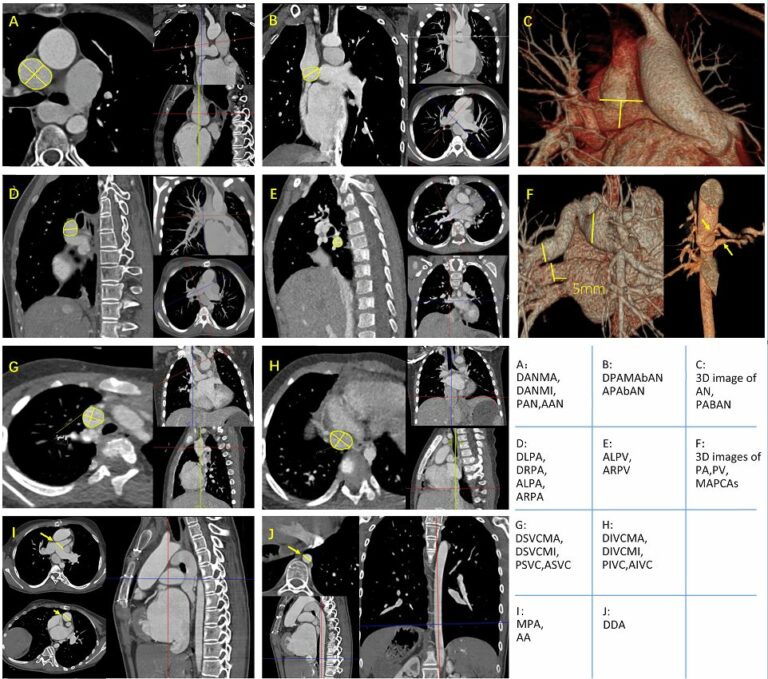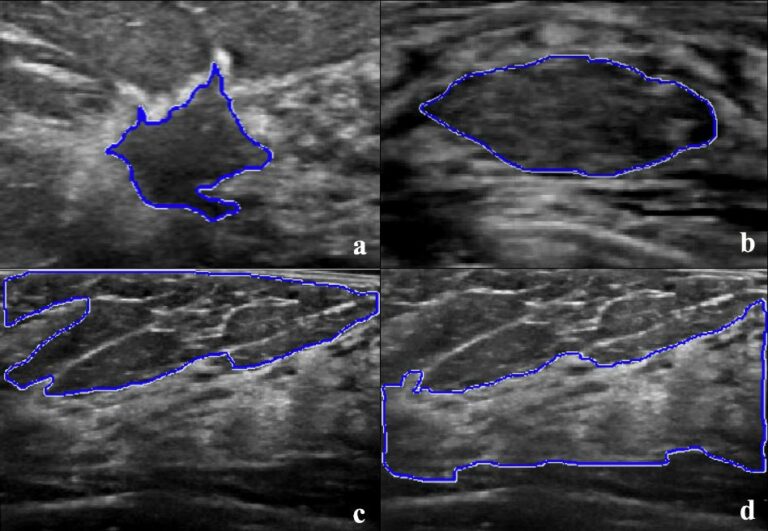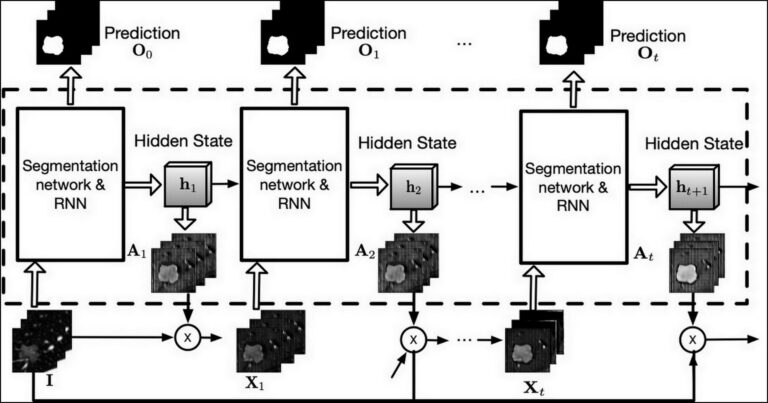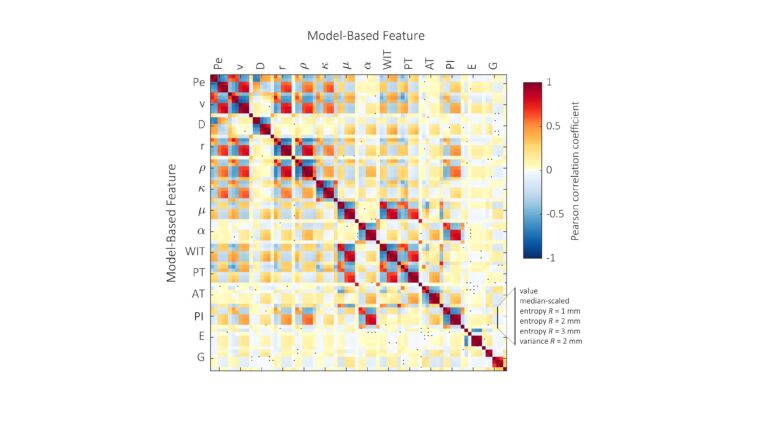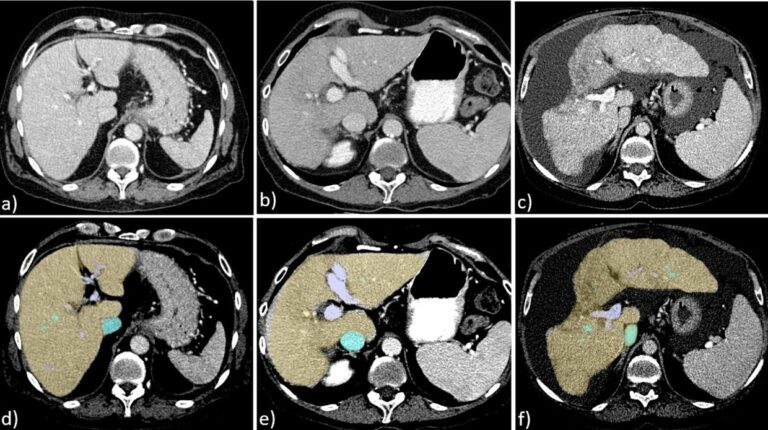
Multiphase CT-based prediction of Child-Pugh classification: a machine learning approach
The aim of this study was to evaluate whether machine learning algorithms allow for the prediction of Child-Pugh classification on clinical multiphase computed tomography (CT). The authors found that the performance of convolutional neural networks (CNN) is comparable to that of experienced radiologists in assessing Child-Pugh class based on multiphase abdominal CT. Key points Established machine learning algorithms can predict










